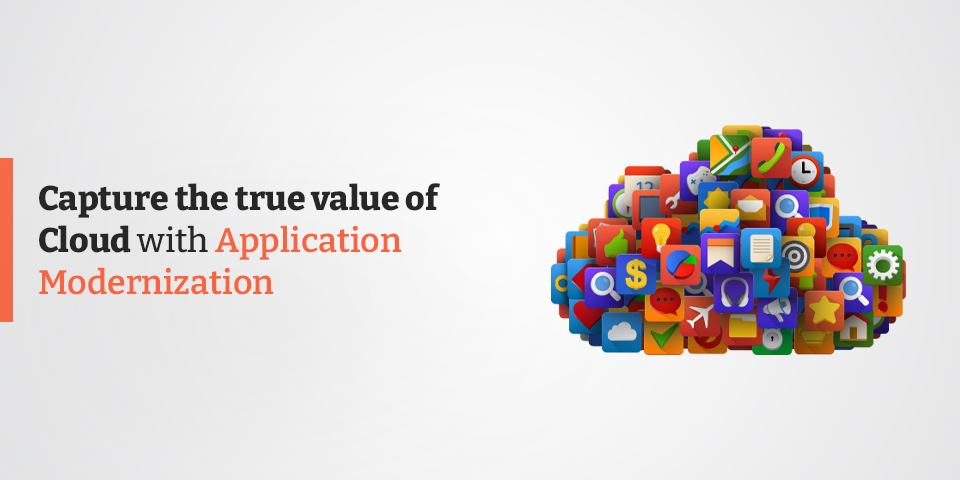Talking of 2021, application modernization is something every IT organization needs to prioritize. The present organisations rely on a complex blend of applications going from custom applications to on-premises and software-as-a-service providers. That is the reason associations are racing to modernize their legacy applications in the cloud. Application modernization is the process of taking existing legacy applications (for example, Oracle E-Business Suite, PeopleSoft, or even home-developed systems,) and strategically modernizing them in a way that integrates and makes the business process into one single unit. This ensures that trusted information can be available to anyone in the association who needs it.
Innovation with Application Modernization
Through Application Modernization, information is solidified and improved and also the Go-To-Market strategy can be implemented much faster thus accelerating innovation. It additionally permits the organization to deal with new ideas, processes, and work processes.
Remaining competitive requires access to agile applications that can make the majority of emerging arrangements like computerization, cloud re-platforming, and information processing to drive development.
Benefits
- Cost savings
- Introducing machine learning and automation
- Increase speed and agility
- Support employee productivity
- Improve your customer experience
Some Challenges
There are a plethora of challenges faced by IT Leaders in modernising their applications – everything from mandates for multi-cloud, CI/CD, and GDPR, completely through developer expectations for productivity and the use of MLOps. In any case, in my conversations, these five reasons come up most frequently
- Business and technology teams are widely misaligned
In numerous associations, business bunches have gone out of control, settling on technology decisions, like purchasing or developing applications, all alone without talking with IT. This has resulted in a massive number of applications and information stores, numerous redundant or overlapping in functionality. - New applications aren’t integrated with other applications and processes
Modernization can’t happen if the new cloud applications exist in storehouses, as this fragments information across the enterprise. Modernization falls flat if a new modern cloud application for sales computerization, HR, or marketing can’t communicate with a crucial legacy ERP application or integrate with its established business processes. - Too many associations take an API-just way to deal with application modernization
Numerous associations essentially make existing applications cloud-compatible by slapping cloud APIs on legacy applications and throwing in the towel. Albeit this is the easiest route for getting applications into the cloud, these “cloud-washed” applications are hard to scale. APIs are necessary however not the whole answer - The technology apparatuses are complex
Existing apparatuses to help with application modernization are hard to learn and use, and require special expertise via trained professionals. - Budget, Budget… Budget
The biggest compelling component – every single initiative is judged by three dreaded letters: ROI. Terms like time-to-value and add up to cost of ownership are critically imperative to your application modernization effort.Budget, Budget… Budget
Your way forward!
Your competitors are already one step ahead of you and are investing in their application modernization initiatives. Right now is an ideal opportunity to invest in updating your most significant applications, to enable the latest features and enhance agile delivery. Be that as it may, it’s critical to remember An experienced partner can help you identify your most significant business drivers, develop a customized plan based on your IT landscape, and provide project management, coding, and implementation support all through the process.
